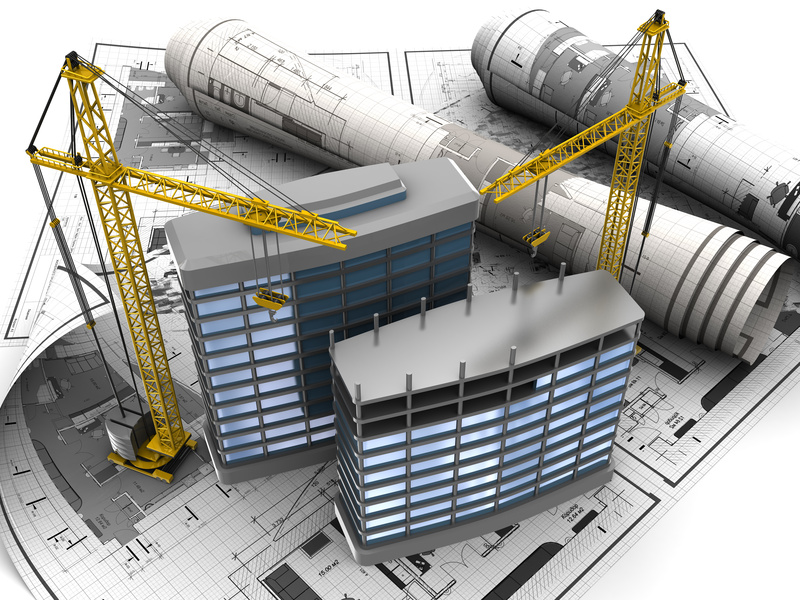
Crane training courses are crucial to running a safe workplace. Not only can it save equipment and time, it can save lives. But even with extensive crane training, some workers may have the wrong idea about how the equipment works. Here are a few myths to banish before going anywhere near a crane:
The crane can’t be overloaded: This is the most dangerous misconception that workers often have about overhead cranes. While cranes do have components equipped with safety factors, the whole crane might not, and the building it’s attached to definitely doesn’t. Never assume that the crane or the building is top-of-the-line. Chances are they aren’t. Pay attention to the lifting gear as well. Chain hoists are required to come with overload protection, but wire rope hoists aren’t. Make sure loads are labeled correctly and don’t lift more than you can handle.
I can lift smaller items from an angle: This is a common and dangerous mistake that can result in heavy damages. Cranes are only designed to lift straight up and down. Pulling to one side, even on items well below capacity, can pull wire ropes out of their grooves and damage them or put unnecessary stress on the crane. Even for smaller components, don’t rush. Lift up and down like you’re supposed to.
I should lift until I hit the upper limit switch: This seems like it will give you the most amount of room, but it’s there for safety, not operations. The upper limit switch keeps the hook assembly from colliding with the drum, and if you cut it close every time, you’re increasing the chance that it will fail and the crane will drop the load. You can install a second operational upper limit switch if you need to.
I can skip daily inspections if the crane worked fine yesterday: OSHA requires daily inspections, but many companies overlook them. Still, it’s crucial to make sure a crane is still working before you subject it to heavy work, even if your check only lasts a few minutes. Look around to see if any parts look damaged and start running the hoist to check for unusual sounds or behavior. Get any major issues checked out before you start for the day, especially since many construction accidents happen as a result of faulty equipment.
Construction workers account for 1 in every 5 workplace fatalities, so construction safety training, especially crane training, is crucial to keeping workers safe.
